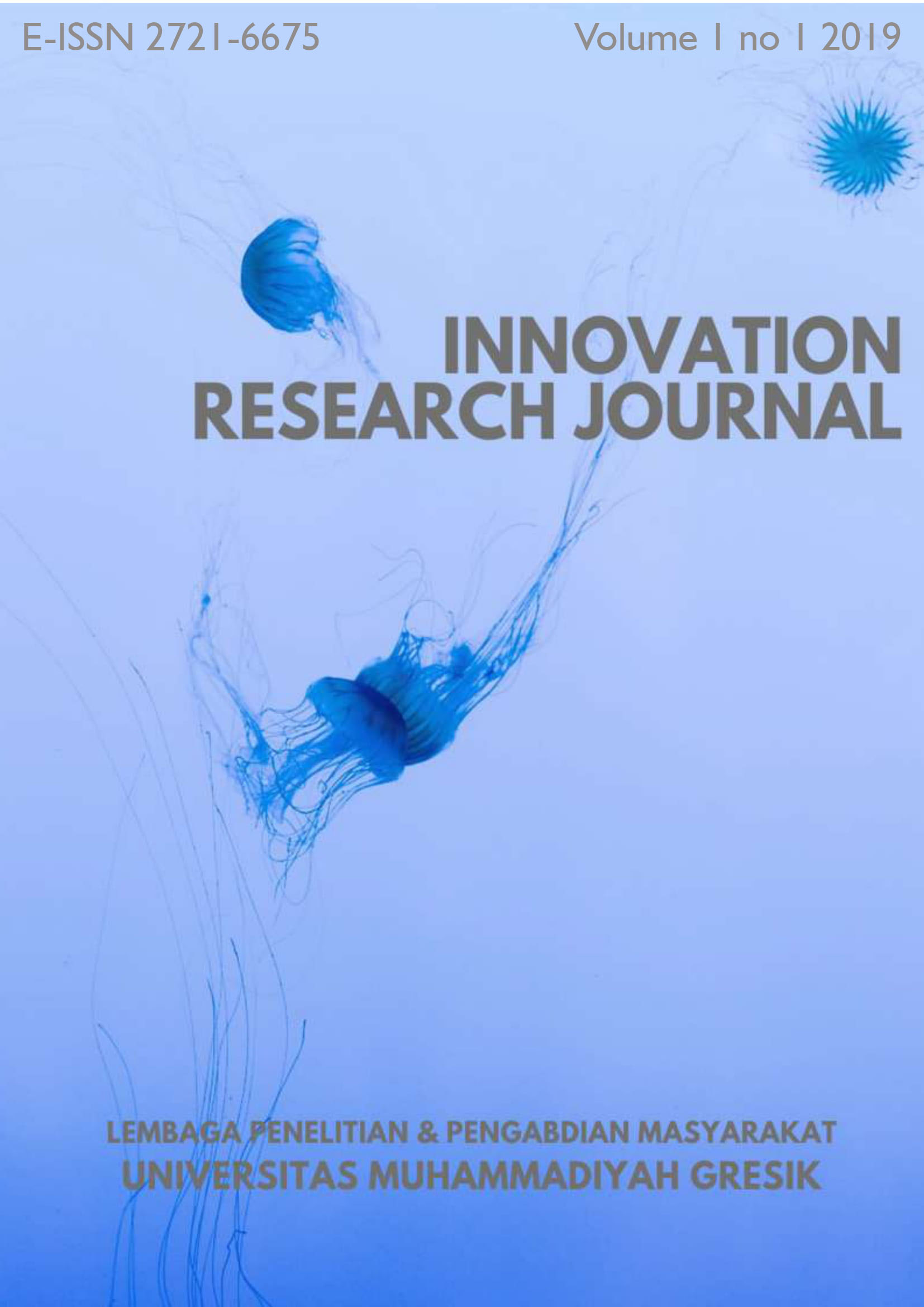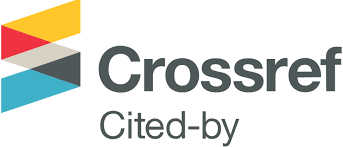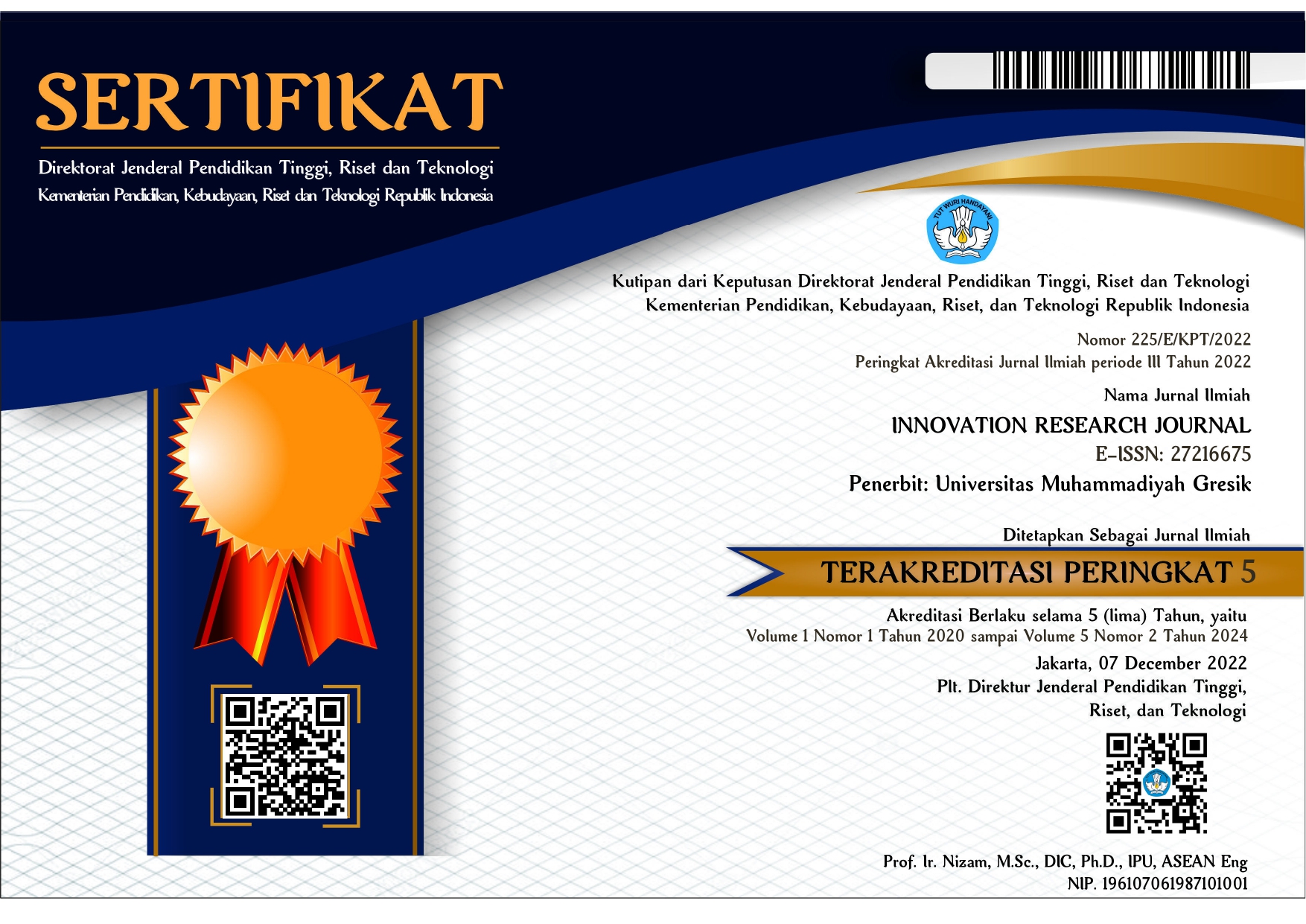Approach Higher Order Thinking-Problem Based Learning in Learning Mathematics Material Linear Equations Absolute Value One Variable
DOI:
https://doi.org/10.30587/innovation.v1i1.1188Abstract
In learning in schools there are still many teachers using a teacher-centered learning model or
Teacher Center. In teacher-centered learning, the teacher can control or organize the material and
time completely, but communication only occurs in one direction so that learning runs passively.
Teacher-centered learning conditions are not as expected in the 2006 Ministry of Education Regulation,
which is expected to learn mathematics in students having the ability to think logically, analytically,
systematically, critically, and creatively, and have the ability to work together. One learning model
that can help students develop critical and logical thinking skills is Problem Based Learning (PBL). In
PBL, the teacher's function is as a facilitator which means preparing all the facilities needed in learning
activities. PBL becomes better if it is associated with the approach Higher Order Thinking
(HOT)because the estuary of higher-order thinking patterns is able to solve problems From the
observations of student learning activities the HOT-PBL approach includes activities namely: motor
activity, mental activity, and emotional activity students during learning take place in the classroom
with the HOT-PBL approach get a good category, which means students are classified as active
students. While the results of the test which includes HOT-PBL questions obtained 85.7% mastery
achievement which means that 85.7% of students achieved individual completeness.
References
Berbasis Masalah. Jakarta: Balai Pustaka
Arends, Richard I. (2008). Learning to Teach.
Yogyakarta: Pustaka Pelajar.
Arikunto, S. (2009). Prosedur Penelitian Suatu
Pendekatan Praktek. Jakarta : Rineka
Cipta.E.A.
IRJ: Innovation Research Journal -Volume 1 Nomor 1, Maret 2020; 20-27
27
Asih, Nadia Nurmala. (2013). Keefektifan
Model Pembelajaran Knisley dengan
Metode Brainstorming Berbantuan CD
Pembelajaran Terhadap Kemampuan
Pemahaman Konsep Siswa Kelas X.
Skripsi tidak diterbitkan . Semarang:
FMIPA UNNES
Lewy. (2009). Pengembangan Soal untuk
Mengukur Kemampuan Berpikir Tingkat
Tinggi Pokok Bahasan Barisan dan
Deret Bilangan di Kelas IX Akselerasi
SMP Xaverius Maria Palembang. (Jurnal
Pendidikan Matematika, Volume 3.No.2,
Desember 2009)
Nurhadi. (2004). Pembelajaran Kontekstual
dan Penerapannya dalam KBK. Malang:
UM Malang
Rusman. (2012). Belajar dan pembelajaran
berbasis komputer mengembangkan
profesional guru abad21. Bandung:
Alfabeta
Sudjana, Nana. (2013). Penilaian Hasil Proses
Belajar Mengajar. Bandung: Remaja
Rosda Persada
Suyatno. (2009). Menjelajah Pembelajaran
Inofatif. Sidoarjo: Masmedia Buana
Pusaka.
Sanjaya, W. (2006). Strategi Pembelajaran.
Jakarta: Kencana Prenada Media Group.
Trianto. 2007. Model - model Pembelajaran
Inovatif Berorientasi Konstruktivistik.
Jakarta: Prestasi Pustaka.
Permendiknas. (2006). Standar Kompetensi
Lulusan untuk Satuan Pendidikan Dasar
dan Menengah, No. 23 Tahun 2006.
Diakses dari
https://akhmadsudrajat.files.wordpress.co
m/2012/01/nomor-23-tahun 2006. pdf,
pada tanggal 18 Oktober 2016.
Widodo, Tri dan Sri Kadarwati. (2013). Higher
Order Thinking Berbasis Pemecahan
Masalah Untuk Meningkatkan Hasil
Belajar Berorientasi Pembentukan
Karakter Siswa. Semarang. Diunduh
tanggal 4 November 2018 pukul 16.46,










